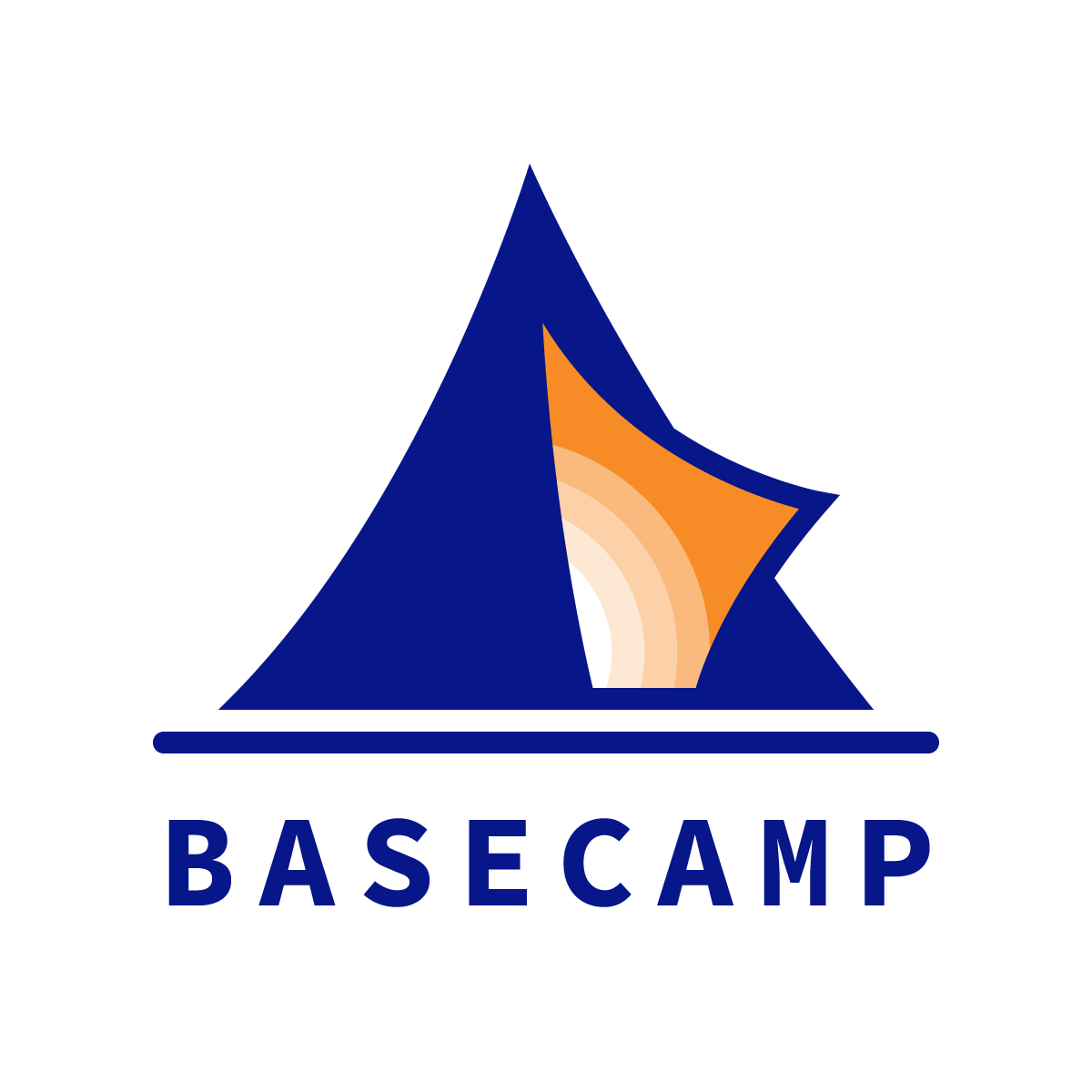Three Levers for School During a Pandemic
As schools contemplate re-opening for 2020-21, they face an irreducible tension: the desire to return to campus vs. the ethics of putting lives at risk. [1]
In the absence of a vaccine, or even a robust testing and contact tracing regime, we must ensure distancing, disinfection, and hygiene. These represent significant design constraints. [2]
If your school can put together (and reward) an innovation team, you might consider pulling three levers to turn this crisis into an opportunity. Each lever addresses a safety issue while creating an opportunity to evolve toward more powerful learning experiences:
Outdoor learning
Safety: For physical presence learning, outside is the safest environment.
Opportunity: The outdoors provide a superior context for experiential learning.
Year-round calendar
Safety: With some students learning during the summer, you can reduce population density on campus during Fall and Winter. [3]
Opportunity: Add 10-12 weeks of flexibility. [4]
Re-imagined assessment
Safety: In a virtual learning context, it’s easy to default to industrial models of assessment (multiple choice, etc.) because of the architecture of our digital tools (Google Forms, Khan Academy, etc.).
Opportunity: Outdoor learning is a great opportunity for XBL assessments (inquiry-based, project-based, etc.).
The point of all this isn’t to find a silver bullet—there won’t be one. Instead, this is a special window of opportunity.
In the Next Normal and the Future Normal, we are all competing on the speed of learning.
***
[1] Dr. Erin Bromage’s “The Risks - Know Them - Avoid Them” remains the best explanation I’ve read for how CV19 spreads. Once you understand the math behind viral load x exposure time, you will see that being inside a school building for long periods of time is irreducibly unsafe when CV19 is present. For a school-specific version, read “Don’t Play Russian Roulette with Student Lives,” by Lucie Lapovsky. (My only quibble with the latter is that the title should be, “Don’t Play Russian Roulette with Lives,” since the adults are at just as much risk as the students.)
[2] Distancing will reduce the number of people on campus in general and in certain spaces in particular. Disinfection will not only add an expense (which may require cuts elsewhere, perhaps to the arts or athletics or other important learning experiences), but may also require teachers to devote significant time to cleaning spaces after each set of student interactions. Hygiene will mean everyone wears masks indoors (with the exception of children under the age of, say, six), and hand washing must take place several times a day, which further constrains the schedule.
[3] Summer learners could opt for virtual or hybrid learning in the Fall or Winter.
[4] This recommendation is not about adding weeks to school. Maybe you do that, maybe you don’t. But having those weeks to play with creates flexibility in almost every other area of school operations.
***
Thank you for reading this post from Basecamp's blog, Ed:Future. Do you know someone who would find the Ed:Future blog worthwhile reading? Please let them know that they can subscribe here.

